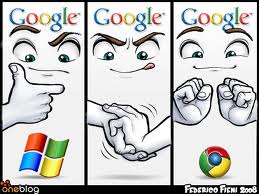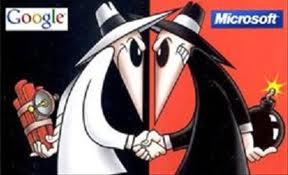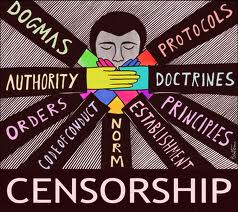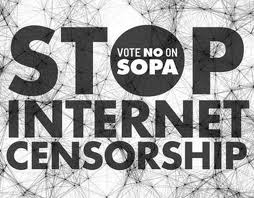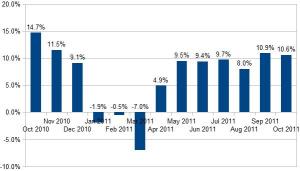 Facebook. What started out as a way for college students to find out more about their friends, has turned into one of the most powerful social media sites ever.
Facebook. What started out as a way for college students to find out more about their friends, has turned into one of the most powerful social media sites ever.
This week, Facebook introduced some new tools for managing your agency’s Facebook page. Let’s take a look at 5 things you need to know about “Timeline for Pages“:
1. Choose a powerful Cover Image. The new Timeline layout allows organizations to highlight their mission through a captivating photo at the top of the page. You will still have a profile photo that will be seen elsewhere on the site, but now the cover photo is a way to feature your latest event or mission in action. You can even create cover photos that supporters can download and use as their own cover photo on their personal Facebook page.
 2. Tell Your Story. Facebook allows you to now fill in important dates in the history of your organization by using the new “milestones” update. This is a great way to expand your “about” section and bring it into the Timeline. Consider sharing when your organization was founded, when it reached a great fundraising goal, when your agency won an award, etc. Another approach might be to share important milestones in the history of your mission. For example, if there was important legislation passed that the impacted your organization, this could be noted on your timeline.
2. Tell Your Story. Facebook allows you to now fill in important dates in the history of your organization by using the new “milestones” update. This is a great way to expand your “about” section and bring it into the Timeline. Consider sharing when your organization was founded, when it reached a great fundraising goal, when your agency won an award, etc. Another approach might be to share important milestones in the history of your mission. For example, if there was important legislation passed that the impacted your organization, this could be noted on your timeline.
3. Messages. Facebook users can now message you directly. The person does not need to “like” your page to be able to communicate with you behind the Facebook timeline. This is important to note because it is yet another place for a staff member to check regularly.
 4. Goodbye landing pages. In the past, users used to be able to set up a static page that would welcome users to their page. This page would disappear if the user “liked” the page giving further access to content. With the new timeline layout, this is no longer possible. Facebook is turning the focus to direct contact with users, so content needs to be engaging in order to entice a first time visitor to your page.
4. Goodbye landing pages. In the past, users used to be able to set up a static page that would welcome users to their page. This page would disappear if the user “liked” the page giving further access to content. With the new timeline layout, this is no longer possible. Facebook is turning the focus to direct contact with users, so content needs to be engaging in order to entice a first time visitor to your page.
5. Pinning is not just for pinterest. With each story you post onto your timeline, you have the option to highlight it “above the fold” on your page. Click the pencil icon that appears when you hover over the top right-hand corner of a story. Doing so brings up a box where you can choose to pin your story to the top. This is different from highlighting a story which stretches the story across the entire page.
These are just a few of the changes that will occur with your agency’s Facebook page once the conversion over to “Timeline” is complete. As of March 30th, all Facebook pages will be transitioned to timeline. If you want to preview how your page will look after the conversation, click the notice at the top of your Facebook page when you log in. You can preview the page until March 30th or until you publish it to the public.
Along with the layout changes, Facebook is making changes to the marketing side of your agency’s page as well. You can read up on those changes in this TechCrunch Article.
The new Timeline feature changes the focus of yoru Facebook page to sharing stories. How are you planning to tell the story of your non-profit organization using Facebook’s new tools? Let’s brainstorm in the comments below!













